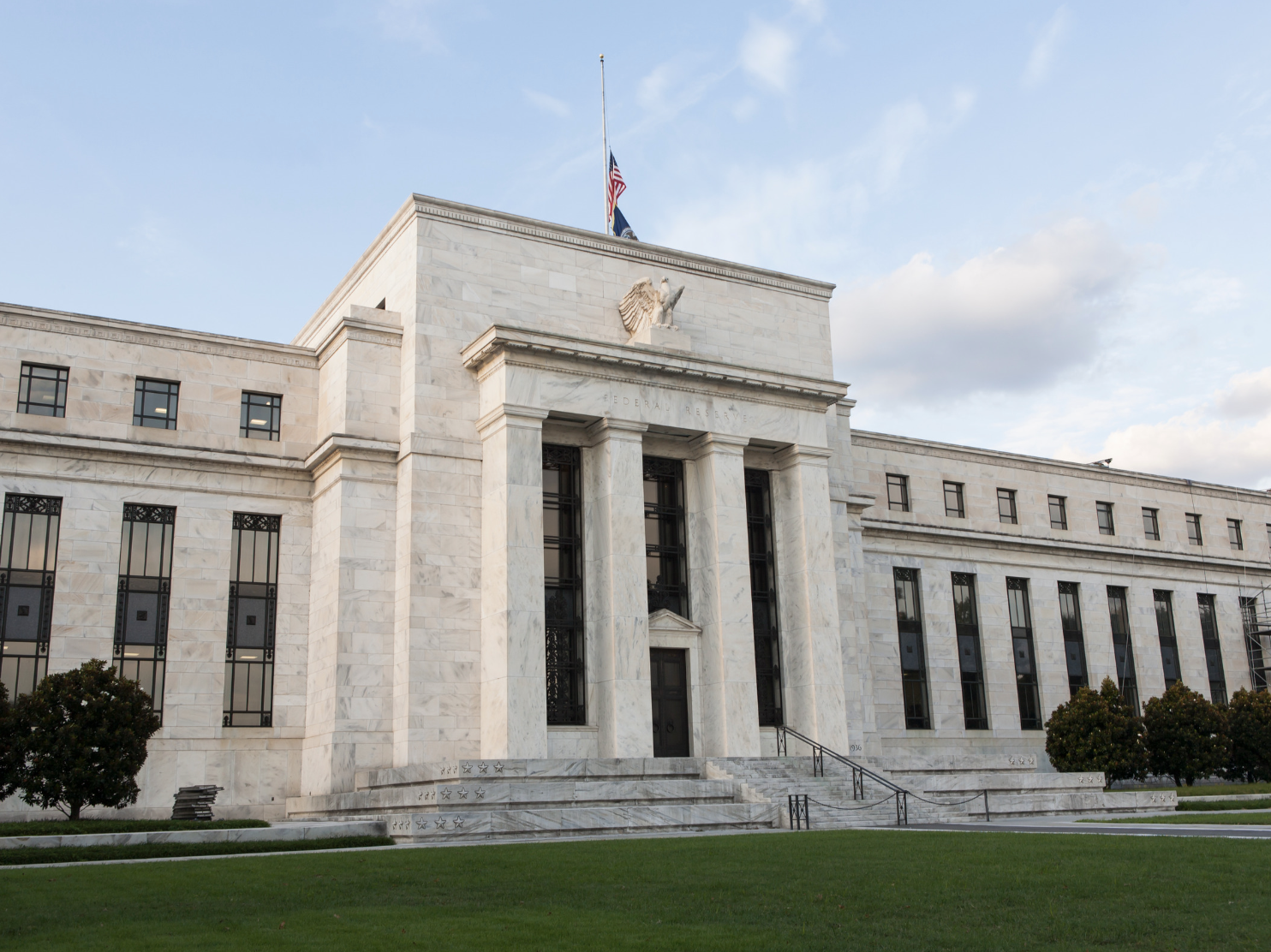The Federal Reserve’s recent interest rate cuts may seem like a breath of fresh air for banks, but the financial sector remains far from out of the woods. Traditionally, falling rates benefit banks by slowing the migration of customer deposits into higher-yield savings options, such as certificates of deposit (CDs) and money market funds, which has been a trend over the last two years.
The Fed’s half-percentage-point rate cut last month marked a significant policy shift and a potential relief for banks, with expectations of another two percentage point reduction in the near future. This shift boosts optimism for banks, as lower rates often help improve net interest income—the difference between what banks earn from loans and investments versus what they pay in interest to depositors.
However, challenges remain. Persistent inflation concerns could prevent the Federal Reserve from cutting rates as aggressively as anticipated. If inflation proves stubborn, the central bank may need to slow or adjust its cuts, potentially tempering Wall Street’s optimistic forecasts for improved bank earnings.
Though the rate reductions have the potential to ease pressure on banks, the path forward is uncertain, and financial institutions must stay nimble as they navigate a complex and evolving economic landscape.





